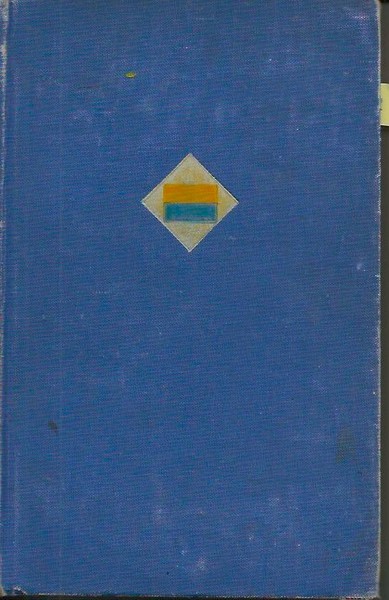The 2/14th Battalion was officially raised on 26 April 1940 and began to assemble for training, at Puckapunyal in Victoria, on 11 May. It embarked, at Sydney, for service in the Middle East on 19 October, and after stopping in India between 4 and 19 November, arrived in Egypt on 25 November. After disembarkation, the battalion moved straight to Palestine to complete its training.
The 2/14th was the first battalion of the 21st Brigade, part of the 7th Australian Division. In early April 1941, the 21st Brigade moved to Egypt to bolster the defences along the Libyan frontier against an expected German attack and the 2/14th occupied positions at Maaten Bagush and Mersa Matruh. The brigade returned to Palestine in late May in preparation for its first campaign – the invasion of Syria and Lebanon.
The 2/14th launched the 21st Brigade’s operations in Lebanon, attacking the Vichy French frontier outposts in the early hours of 8 June 1941. Initially, the 2/14th took part in the drive along the coast and fought a major engagement along the Zahrani River 12 June. It was later moved inland to Jezzine, to reinforce the 2/31st Battalion that had been counter-attacked by the Vichy French, and mounted an unsuccessful attack to capture several precipitous features north-east of the town. The 2/14th’s last major battle of the campaign was around Damour between 4 and 9 July. It remained as part of the garrison in Syria and Lebanon until early January 1942.
Sailing from Egypt on 30 January 1942, the 2/14th disembarked at Adelaide on 24 March 1942. Its stay at home was brief. On 13 August it arrived at Port Moresby in Papua, and by 16 August was advancing along the Kokoda Trail to confront the rapidly advancing Japanese. The battalion’s first clash with its new enemy took place at Isurava on 26 August. After holding there for three days it was forced to withdraw. For his actions at Isurava, Private Bruce Kingsbury was posthumously awarded the Victoria Cross. The retreat back along the Trail was characterised by bitter, desperate fighting, none more so than that which occurred at Mission Ridge between 6 and 8 September. The 2/14th’s ordeal on the Trail ended with its relief at Imita Ridge on 16 September. By this time the battalion was so weak that it had been amalgamated with the 2/16th to form a composite battalion. After a period of rest and retraining, the 2/14th, once again functioning as a separate battalion, joined the operations at Gona on 26 November. Consisting of only three half-strength companies when it entered the fighting, the 2/14th left Gona, on 8 January 1943, only 21 strong.
Arriving back in Australia in late January 1943, the 2/14th was rebuilt and retrained before returning to Papua in early August. It spent a month conducting advanced training near Port Moresby before moving to New Guinea to play a minor role in the operation to capture Lae in mid-September. The battalion’s main area of operations for 1943, however, was the Ramu Valley and the Finisterre Mountains. It led the 21st Brigade’s advance along the valley, from Kiapit to Dumpu, between 29 September and 5 October, and then spent the next five months engaged in patrol actions in the upper reaches of the valley and into the Finsterres. The battalion returned to Australia on 8 March.
The 2/14th’s last operation of the war was the Balikpapan landings. It left Australia on 2 June 1945, landed at Balikpapan on 1 July and fought its major action of the campaign around Manggaar Airfield between 4 and 10 July. Between 1 October 1945 and 17 January 1946 the 2/14th formed part of occupation forces in the Celebes and sailed for home for the last time on 22 January. It disbanded in Brisbane on 22 February 1946.
First Edition, pp. 336 illusts plates maps #0617 SCARCE Some flecking to pages, fading to cloth, light edgewear to cloth edges; a sound, tight (not ex-library) copy.
